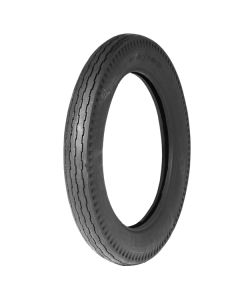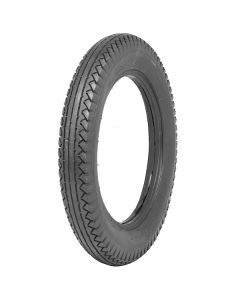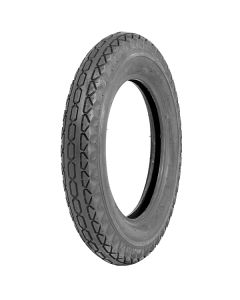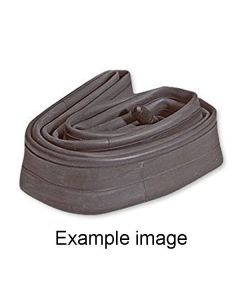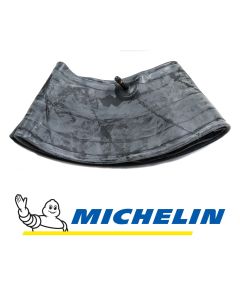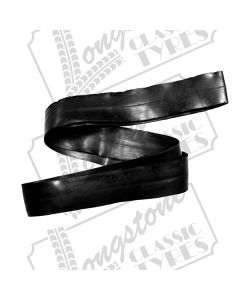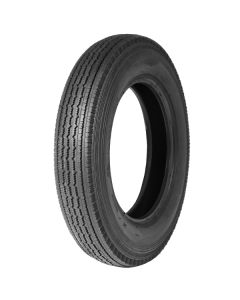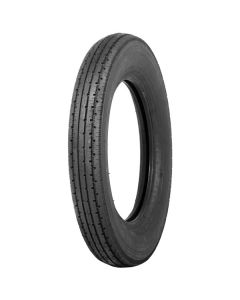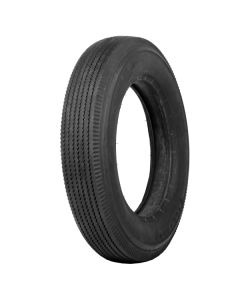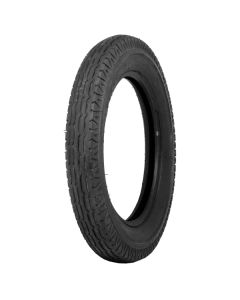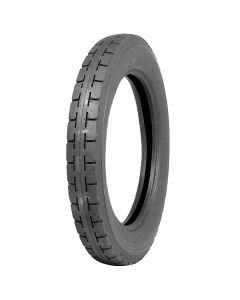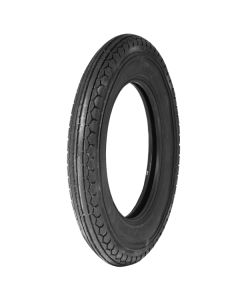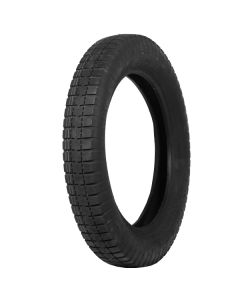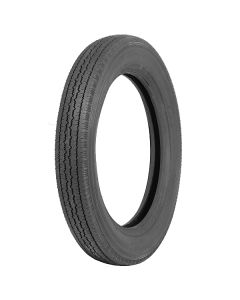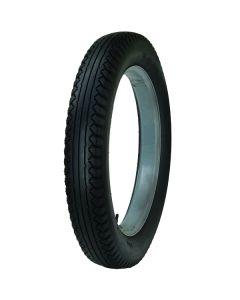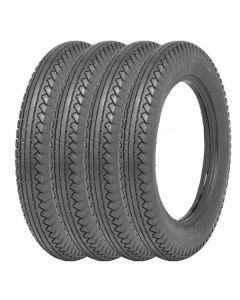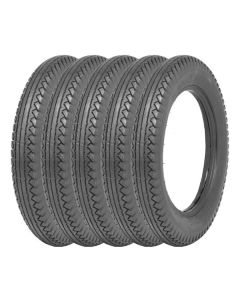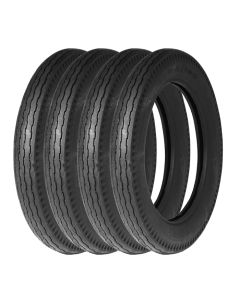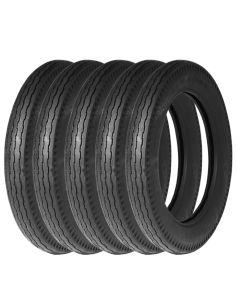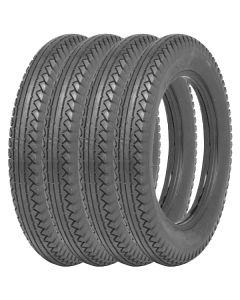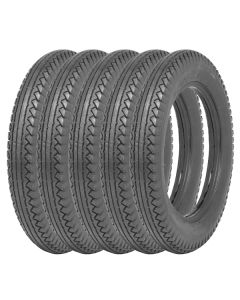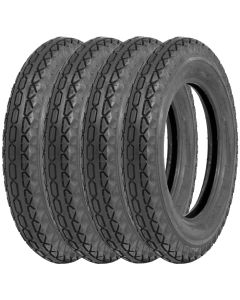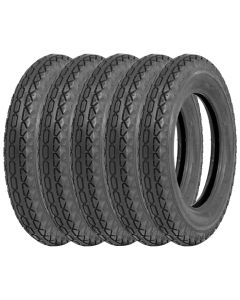Rolls Royce 20 Tyres
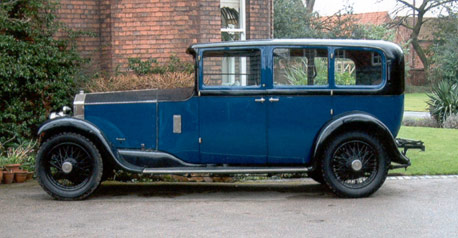
Rolls Royce 20
Rolls Royce 20HP 1922–1929
- In the early 1920s when Rolls first made the 20 Horse Power they fitted 23” wheels. We would recommend the 32 x 4 1/2 (23" rim) 500 x 23 Lucas.
- These early cars require a 23” flaps and Reinforced 815X105 innertube, and should run at 65psi.
- By 1927 the 20 HP Rolls Royce fitted 21” well-based wheels. We would suggest 5.25 x 21 Lucas, as a comfortable quiet tyre.
- Depending on the body style we would suggest the tyre pressure 36psi with 21” wheeled 20 hp Rolls.
- Some 20 HP Royces had 20” for which we would suggest 6.00 x 20 Lucas at 34psi depending on the body.
- 20 HP Rolls Royce with 20” or 21” wheels need innertubes, the 19/20 H RET Michelin we believe is the best. You will also need a rim tape.
History of the Rolls Royce 20
The Rolls-Royce Twenty, constructed between 1922 and 1929, was the company's "small car" for the 1920s, alongside the 40/50 (Silver Ghost) and Phantom models. It was intended to attract to drivers, but many were sold to consumers with a chauffeur. For the 3127 cc vehicle, a new in-line 6 cylinder overhead valve engine was built. The cylinders were cast in one block, unlike the Silver Ghost engine, and the cylinder head was removable. A coil and magneto ignition system were both installed. Early automobiles featured three-speed transmissions with the gear lever in the centre of the car, but this was modified to a four-speed one with standard right-hand change in 1925. The power was sent to the back axle through a torque tube.
The huge chassis included stiff front and rear axles supported by half elliptic springs, with braking originally limited to the rear wheels. In 1925, four-wheel brakes with mechanical servos were introduced. The classic Rolls-Royce radiator with a triangle top was installed, and early models featured enamel-coated horizontal movable slats, which eventually changed to a nickel finish before becoming vertical.
A chassis cost £1100 in 1920, with a full tourer bodied automobile costing roughly £1600. The car could achieve 60 mph with coachwork to the manufacturer suggested weight, but many owners had big limousine bodies installed, which had an unavoidable negative effect on performance.


